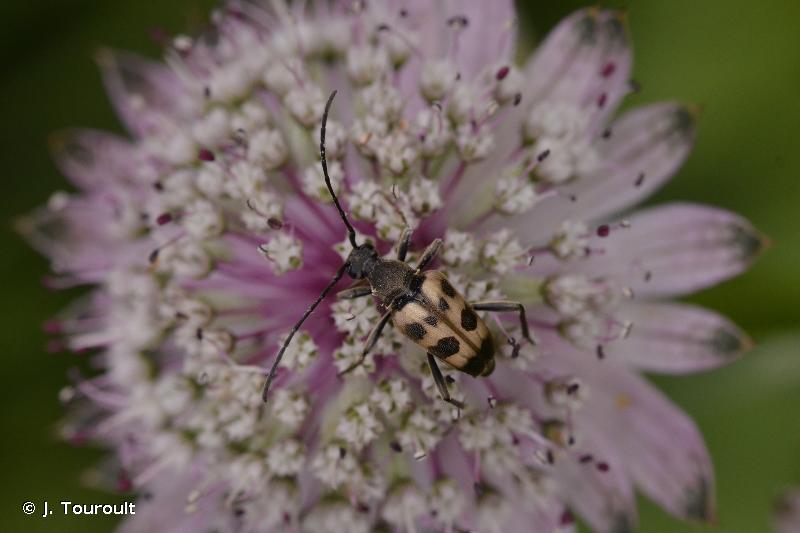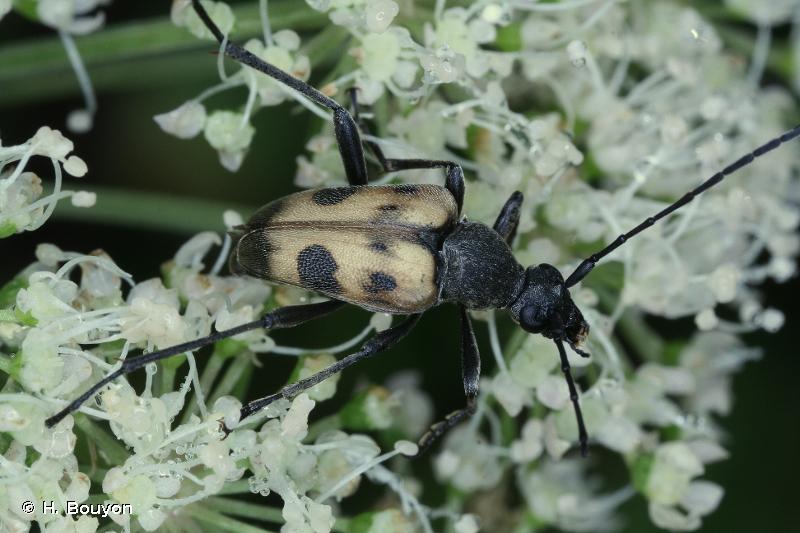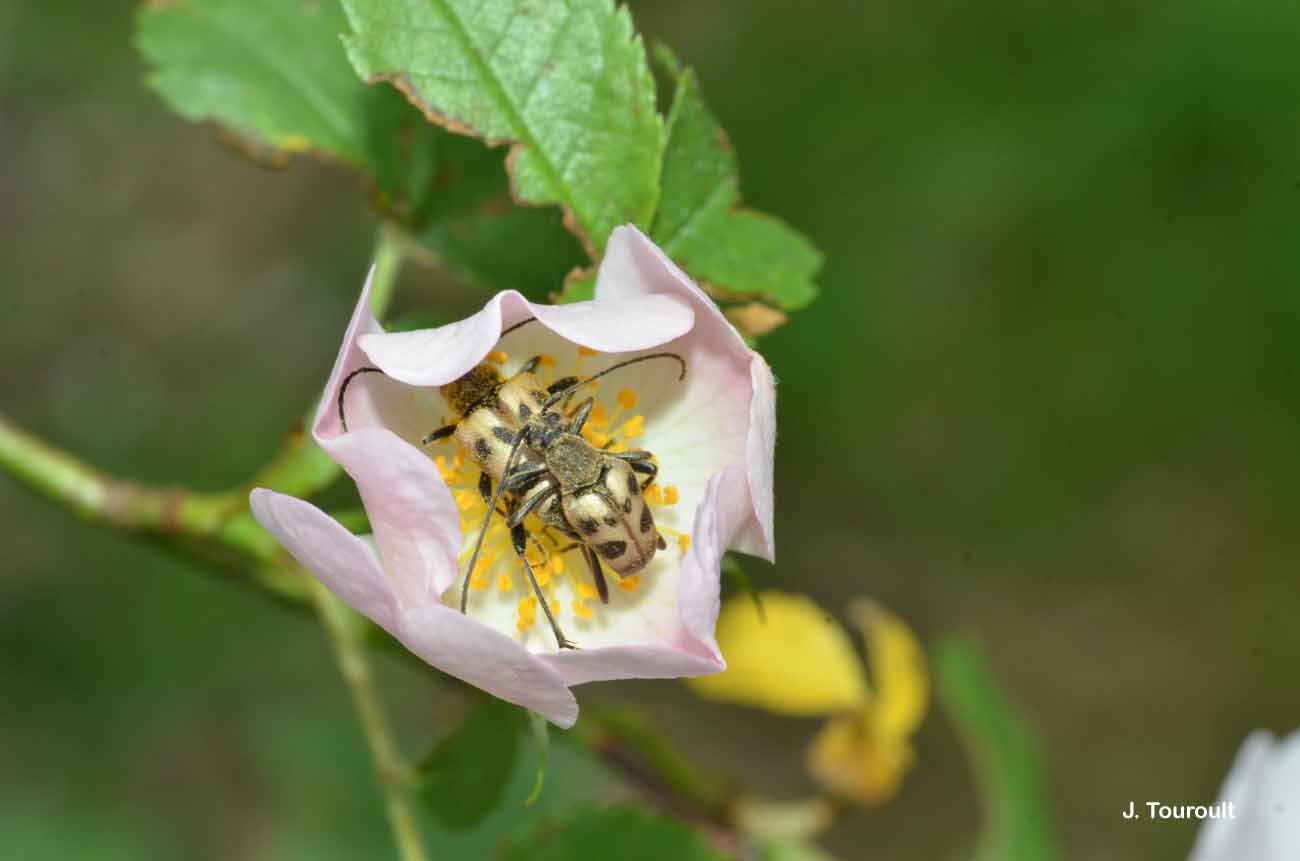
cd_nom

| Author : J. Touroult |
 |
To get the picture, please visit:
Julien Touroult
UMS PatriNat AFB - CNRS - MNHN
Muséum national d'Histoire naturelle, CP41, 36 rue Geoffroy Saint-Hilaire, 75005 Paris
Despite the Creative Commons license, please inform the author of the use which will be made of his photo

| Author : H. Bouyon |
 |
To get the picture, please visit:
Any reuse of one or more photographs on this site is subject to an authorization request from the author.
Link to the Code of Intellectual Property (Legifrance)

| Author : H. Bouyon |
 |
To get the picture, please visit:
Any reuse of one or more photographs on this site is subject to an authorization request from the author.
Link to the Code of Intellectual Property (Legifrance)

| Author : H.Bouyon |
 |
To get the picture, please visit:
Bouyon Hervé
herve.bouyon@wanadoo.fr
Any reuse of one or more photographs on this site is subject to an authorization request from the author.
Link to the Code of Intellectual Property (Legifrance)

| Author : J. Touroult |
 |
To get the picture, please visit:
Julien TOUROULT
Muséum national d'Histoire naturelle - Service du Patrimoine Naturel
36 rue Geoffroy Saint-Hilaire
CP 41
75 231 PARIS CEDEX 05
e-mail : inpn@mnhn.fr
Legend: Villerou
Despite the Creative Commons license, please inform the author of the use which will be made of his photo

| Author : J. Touroult |
 |
To get the picture, please visit:
Julien TOUROULT
Muséum national d'Histoire naturelle - Service du Patrimoine Naturel
36 rue Geoffroy Saint-Hilaire
CP 41
75 231 PARIS CEDEX 05
e-mail : inpn@mnhn.fr
Despite the Creative Commons license, please inform the author of the use which will be made of his photo
Taille (imago) : 7 - 12 mm
Diagnose : Lepture de stature large, noir avec les élytres jaunes maculés de noir. Élytres à motif variables mais toujours d'aspect mat et avec la suture élytrale jaune, jamais bordée de noir. Dernier article des palpes maxillaires cylindrique.La femelle est plus massive que le mâle et ses antennes n'atteignent pas l'extrémité des élytres.
Détermination : délicate. Possible avec une bonne photo des élytres.
Espèces proches : Cette espèce est plus trapue que d'autres leptures tachetés (Rutpela maculata etc.) mais se rapproche de Judolia sexmaculata et surtout de Pachytodes erraticus, avec lequel elle peut cohabiter dans une partie de la France. Le caractère distinctif le plus simple est la coloration jaune le long de la ligne suturale des élytres, alors que les deux autres espèces ont un net liseré noir.
Période d'observation : mai à août, plus tardif en montagne qu'en plaine.
Biologie-éthologie : Adulte floricole et diurne, observable sur de nombreuses fleurs, notamment les ombellifères, marguerites etc. Larve saproxylique, se développant dans les racines mortes d'arbres feuillus et parfois de résineux.
Biogéographie et écologie : Espèce d'Europe moyenne, de l'Angleterre à l'Europe de l'Est, du sud de la Scandinavie à la Grèce. L'espèce est commune dans les forêts feuillues comme résineuses. L'adulte affectionne notamment sur les bords de chemin, lisières et clairières fleuries et en particulier dans les milieux frais et humides.
J. Touroult(UMS PatriNat (AFB - CNRS - MNHN)),2019
Continental
Metropolitan France
Overseas
Marine
Metropolitan France
Overseas
The map presents a summary at the 10 x 10 km grid of the observation data for the species transmitted to the SINP. These data have been subjected to validation filters.
The map presents a reference distribution layer of the species at the scale of departments and marine sectors. The presence and absence data were established by expertise within a network of partners. This reference distribution is used in the validation process of the SINP data at the INPN level.
Corresponds to a report on the basis of at least one observation proved within a period of 10 years (20 years for little-known invertebrates) preceding the year and no presumption of extinction since obtaining the last data nor doubt on reproductive and implemented nature of this population. For migratory species, the presence indicated concerns areas of reproduction.
This status is based on one or more of the following criteria:
This point covers the absence, more difficult by nature to demonstrate than presence. This status is based on one or more of the following criteria:
This status must be assigned to a department in which the presence of the species is casual.
Particular case of absence due to a proven extinction less than a half century ago (older disappearances are treated as "no probable or definite").
In the state of knowledge, we can not comment on the presence or absence in the current department. This is the default status when not comprised in one of the previous categories or whenever there is doubt.
The map shows the global distribution of the species based on GBIF data (Global Biodiversity Information Facility).
